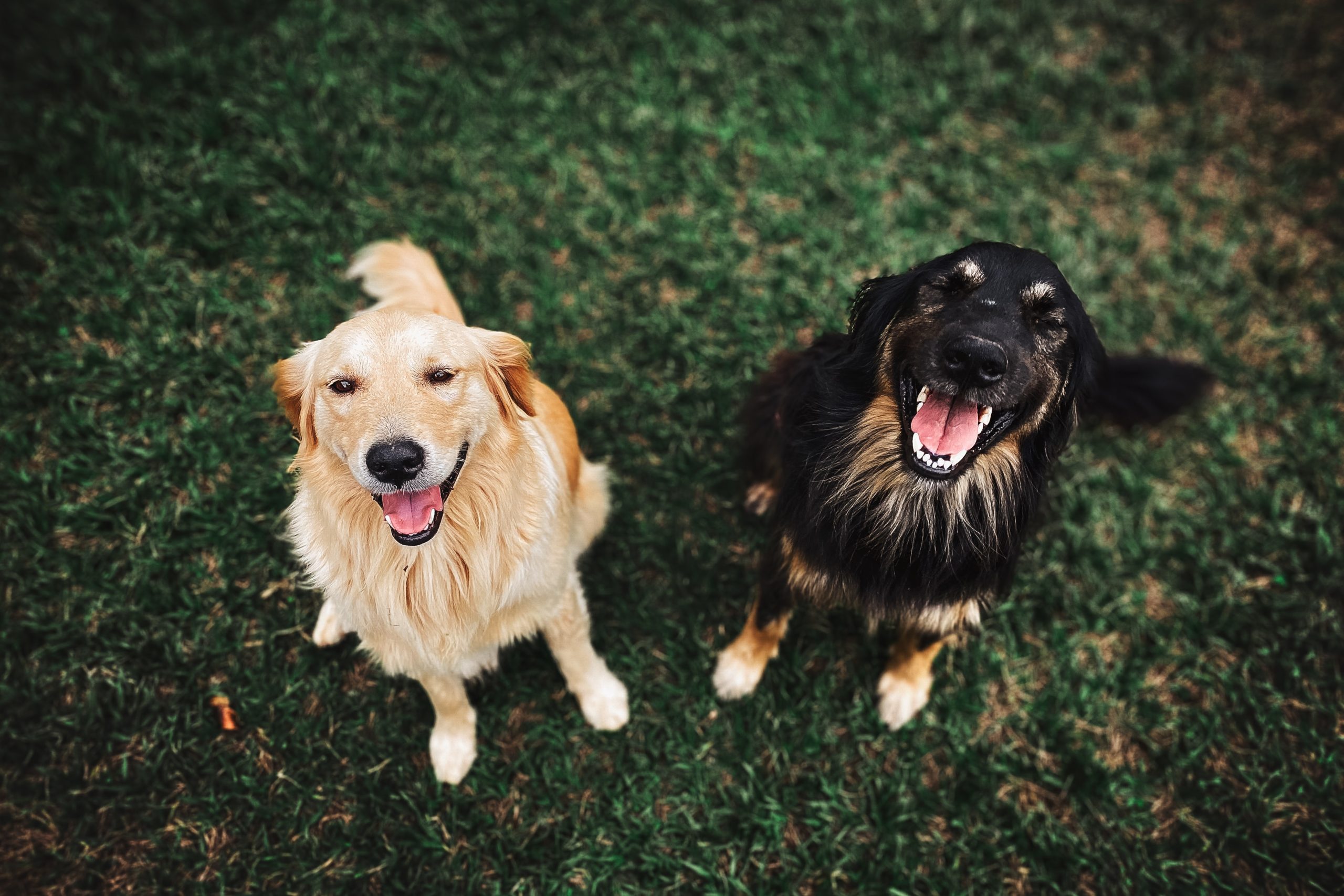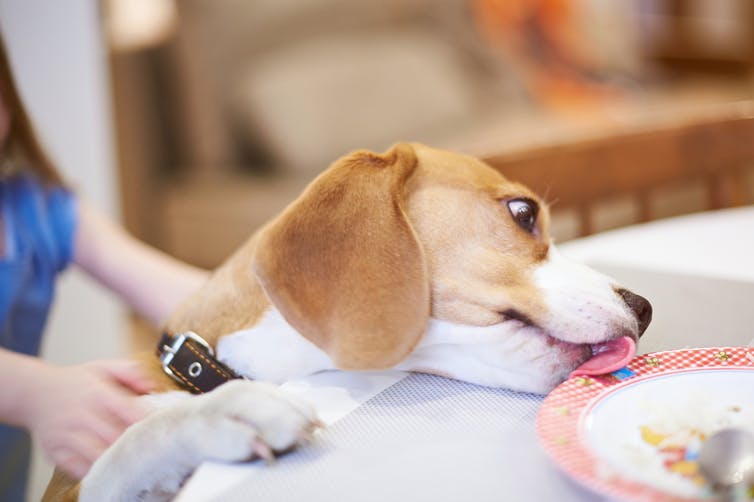If your dog is expecting pups it is a good idea to know what to expect during the normal course of labour, how you can assist her and what signs to look for if she is in trouble. Knowing when to call your vet for assistance is critical for the survival of the pups as well as the mother.
How do I know when my bitch is about to whelp?
During the last week or so of pregnancy, the bitch starts ‘nesting’. This is looking for somewhere to have the puppies. Encourage her to use the whelping box, or wherever you want her to have her puppies. Put the whelping box in a quiet, private area.
During the last day before whelping, the bitch often becomes nervous and restless, and pant more than usual. Often her temperature drops about a degree several hours before whelping, and she may refuse to eat.
What are the stages of labour?
Stage I is when the cervix dilates and corresponds to the restless, panting behaviour of the 24 hours preceding whelping. Stage II is the delivery of the puppies, and is usually accomplished in 2 to 6 hours. Stage III is the passing of the placenta, which occurs after the birth of each puppy. The mother will remove the membranes and sever the umbilical cord, as well as eating the placenta. It is important not to interfere at this stage, as it is an important bonding time between the mother and puppy.
How do I know if my dog is in trouble?
There may be intermittent, active straining for several hours before the birth of the first puppy. However, constant, unrelenting straining without a puppy after 20 minutes is abnormal. Usually less than an hour passes before the delivery of subsequent puppies.
Puppies are normally born head first, although they can be born with the hind legs presented first. Breech births are when the rump is presented without any legs. Puppies can be born this way, but it usually causes more problems.
If you see green discharge before any puppies are born, you will need to take your dog to your veterinarian as it means that one or more of the placentas have separated.
Also, if the bitch appears suddenly unwell, weak and lethargic, she will require veterinary attention. If there seems to be a copious amount of bleeding during whelping, you should seek advice. Immediately after whelping, the discharge contains pigment that makes it appear dark green for up to 12 hours, and then it becomes reddish or red-brown, until within a few weeks it is an intermittent spotting.
How might I need to assist whelping?
If the mother makes no attempt to remove the membranes to allow the puppy to breathe, you will need to do it for her. Clear any debris from around the mouth and nose, then from the body with a towel. You need to stimulate the puppy to breathe and cry by rubbing it with the towel. If the puppy doesn’t appear to be breathing and its tongue is turning blue, you can breathe air into its lungs through its nose. If the placenta is still attached, you need to sever it a few centimetres from the puppy’s body.
Also, if you can see the puppy or a fluid-filled sac, and the puppy isn’t born in 10 minutes, you can attempt to assist. To do this, break the sac so you can grasp the puppy. Pull downwards towards the bitch’s hind feet as she contracts. If this causes the bitch too much distress, or you can’t deliver the puppy, seek veterinary advice.
Put the puppies into a warm, dry, clean box while the rest of the litter is being born. Use a hot water bottle, heating pad, or heat lamp to keep the puppies warm until they can be returned to their mother. Once whelping is completed, clean the whelping box and return the puppies to the bitch.
It is recommended to have your veterinarian check the mother and puppies within 24 hours of whelping to ensure they are healthy.




